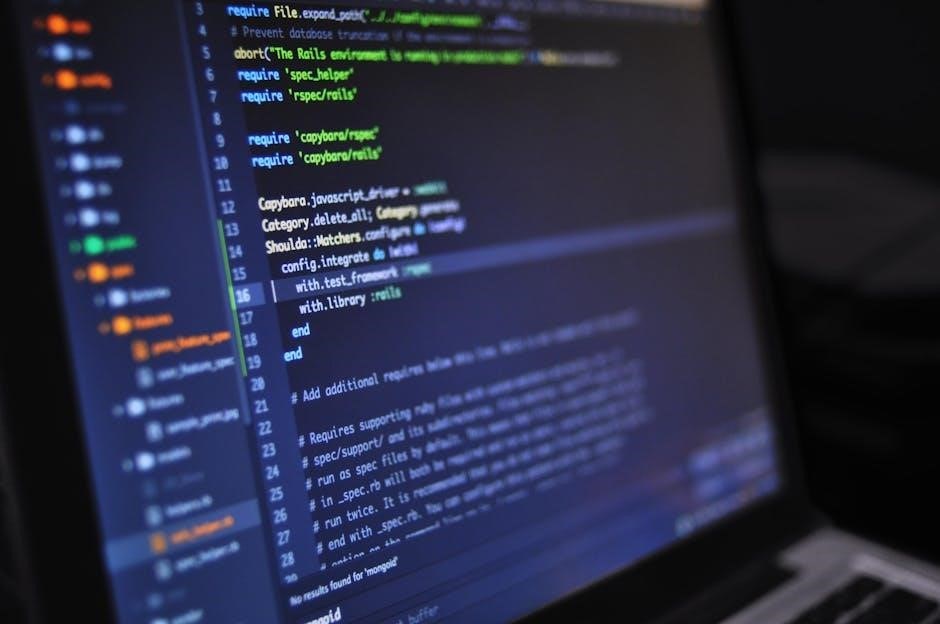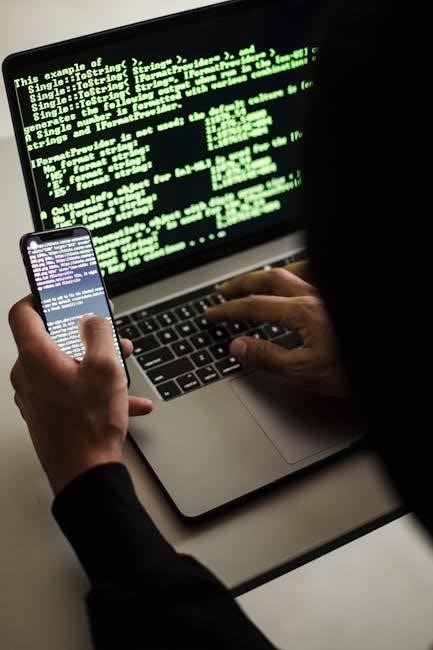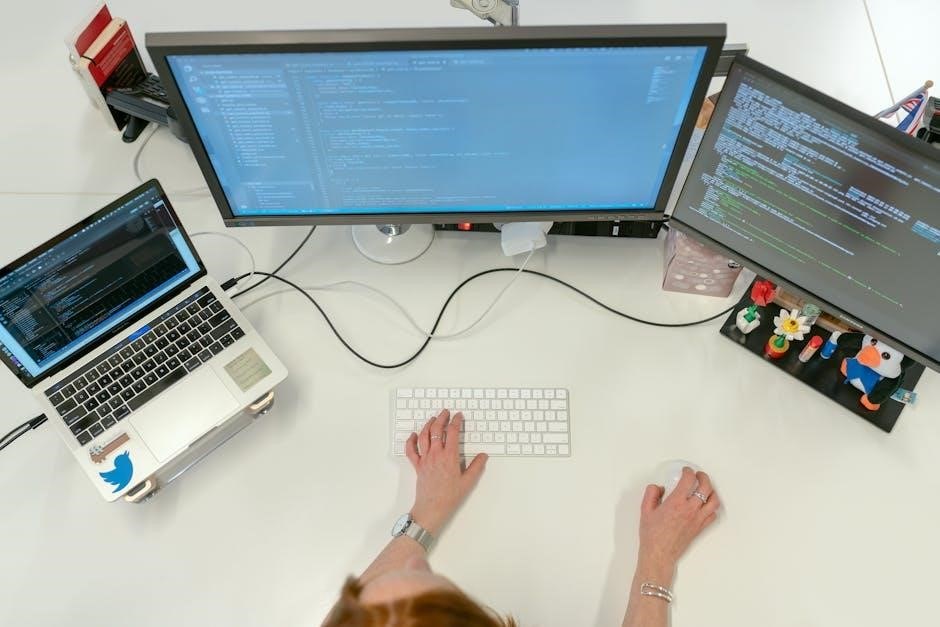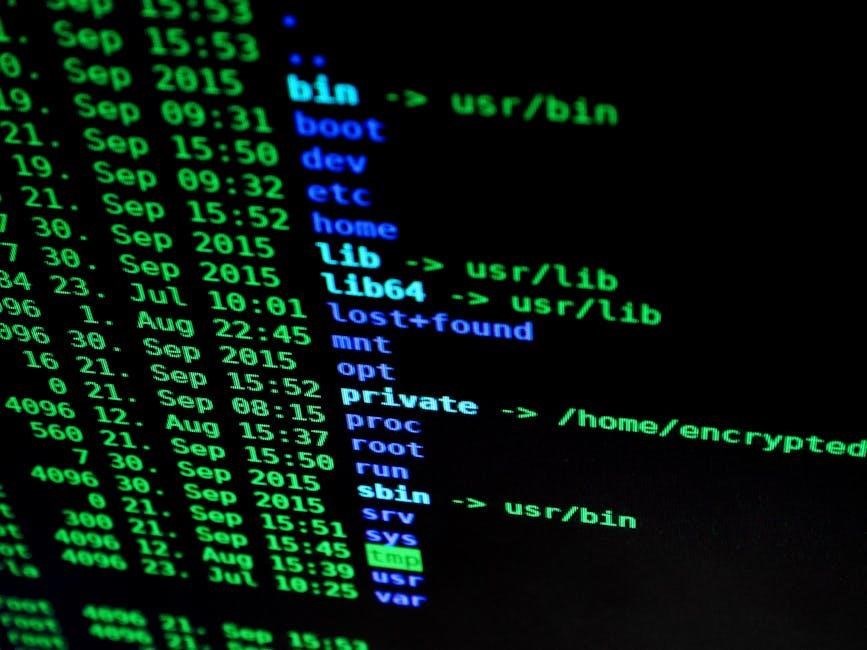CPT Code 19083: Ultrasound-Guided Breast Biopsy
CPT® code 19083 designates percutaneous breast tissue biopsy performed under ultrasound guidance from a single lesion. This code, maintained by the AMA, falls under breast biopsy procedures. It’s crucial for accurate medical billing.
Definition of CPT Code 19083
CPT code 19083 specifically describes a percutaneous breast biopsy procedure guided by ultrasound imaging; This entails a healthcare provider using real-time ultrasound to visualize a breast lesion and guide a needle or other device to collect tissue samples. The “percutaneous” aspect means the procedure is performed through the skin, avoiding open surgical incision. This code is designated for instances where biopsy is performed on a single lesion. For each additional lesion biopsied under ultrasound guidance, a separate and distinct CPT code, specifically 19084, should be reported to accurately reflect the work performed. Thus, 19083 represents the initial lesion, while 19084 captures additional lesions.

CPT Code 19084: Ultrasound-Guided Breast Biopsy (Additional Lesion)
CPT code 19084 is used when an ultrasound-guided percutaneous breast biopsy is performed on each additional lesion. This code is used in conjunction with the primary code, 19083, for multiple biopsies.
Definition of CPT Code 19084
CPT code 19084 specifically describes a percutaneous breast biopsy performed under ultrasound guidance, but it is only applicable when an additional lesion is biopsied in the same breast during the same session as the initial biopsy (CPT code 19083). It cannot be used as a standalone code. This code signifies that the physician is sampling tissue from a separate, distinct lesion within the breast, utilizing real-time ultrasound imaging to guide the needle to the correct location. The critical aspect is that this code is exclusively for subsequent lesions biopsied during the same encounter. It’s essential for accurate coding and billing practices, ensuring that providers are appropriately compensated for the additional work and expertise involved in biopsying multiple lesions;
Appropriate Use of CPT Codes 19083 and 19084
CPT codes 19083 and 19084 are used for ultrasound-guided breast biopsies. 19083 covers the first lesion biopsied, while 19084 is for each additional lesion biopsied during the same session.
Scenario 1: Multiple Lesions in One Breast
Consider a patient presenting with two suspicious lesions identified in the right breast via ultrasound. The physician decides to perform ultrasound-guided percutaneous biopsies on both lesions during a single session. In this scenario, the correct coding involves utilizing both CPT codes 19083 and 19084. CPT code 19083 is designated for the initial lesion biopsied under ultrasound guidance.
Since there is a second lesion biopsied during the same encounter, CPT code 19084, which represents “each additional lesion,” should be reported in addition to 19083. This accurately reflects the work and resources involved in biopsying multiple distinct lesions within the same breast during a single procedure. Correct application of these codes is vital for appropriate reimbursement.
Scenario 2: Bilateral Breast Biopsies
Imagine a scenario where a patient presents with a suspicious lesion in both the left and right breasts, each identified through ultrasound imaging. The physician proceeds to perform ultrasound-guided percutaneous biopsies on both lesions, one in each breast, during the same session. To accurately code this bilateral procedure, CPT code 19083 should be reported for each breast.
This signifies that a separate and distinct biopsy was performed on a single lesion in each breast, guided by ultrasound. In this case, CPT code 19084 is not reported, as it applies only when multiple lesions are biopsied within a single breast. Accurate coding ensures appropriate billing.
CPT Codes for Breast Biopsy with Other Imaging Modalities
Breast biopsies can be guided by various imaging techniques. Codes exist for stereotactic, fluoroscopic, CT, and MR guidance. Selecting the correct CPT code relies on the specific imaging modality used during the biopsy.
Stereotactic Guidance (19081)
CPT code 19081 is specifically used for breast biopsies performed with stereotactic guidance. Stereotactic guidance involves using two-dimensional X-ray images taken from different angles to pinpoint the precise location of a breast abnormality. This method is valuable when lesions are small or difficult to visualize with other imaging modalities. When a breast biopsy is performed using stereotactic imaging to guide the needle or device to the targeted lesion, CPT code 19081 should be reported. This code differs from those used for ultrasound, MRI, or other imaging guidance methods. Accurate code selection ensures proper reimbursement and reflects the complexity of the procedure performed. Always verify documentation for precise imaging guidance.
Fluoroscopic Imaging (10007, 10008)
CPT codes 10007 and 10008 are designated for breast biopsies performed under fluoroscopic guidance. Fluoroscopy is a real-time X-ray imaging technique allowing the physician to visualize the needle or biopsy device as it is advanced toward the target lesion. Code 10007 is used for the initial lesion, while 10008 is for each additional lesion biopsied during the same session; These codes are distinct from those used with ultrasound (19083, 19084), stereotactic (19081), CT (10009, 10010), or MR guidance (10011, 10012). Correct code assignment depends on the specific imaging modality guiding the biopsy. Clear documentation of the imaging technique is crucial for accurate billing and compliance. When fluoroscopy is used, these codes should be reported, reflecting the resources and expertise involved.
CT Guidance (10009, 10010)
CPT codes 10009 and 10010 are utilized for percutaneous breast biopsies performed under computed tomography (CT) guidance. CT guidance offers detailed cross-sectional imaging, enabling precise needle placement within the breast lesion. Code 10009 is designated for the initial lesion biopsied, while code 10010 is reported for each additional lesion biopsied during the same procedure. These codes are distinct from those used for ultrasound (19083, 19084), stereotactic (19081), fluoroscopic (10007, 10008), or MR guidance (10011, 10012). Selection depends on the imaging modality guiding the biopsy. Accurate documentation of the imaging technique is crucial. When CT guidance is employed, these codes accurately reflect the resources and expertise involved. Understanding the nuances of each code ensures proper billing and compliance with coding guidelines.
MR Guidance (10011, 10012)
CPT codes 10011 and 10012 are designated for percutaneous breast biopsies guided by magnetic resonance imaging (MRI). MRI offers superior soft tissue contrast, allowing for precise visualization of breast lesions, especially those difficult to detect with other imaging modalities. Code 10011 is used for the initial lesion biopsied under MR guidance. Code 10012 is reported for each additional lesion biopsied during the same session. These codes are distinct from those used for ultrasound, stereotactic, fluoroscopic, or CT guidance. The choice of code depends on the imaging modality employed for guidance. Accurate documentation of the imaging technique used is crucial for appropriate billing. When MRI guidance is utilized, these codes accurately reflect the resources and expertise involved. Understanding each code ensures proper claim submission.

Coding Considerations for Bilateral Breast Ultrasound
When performing bilateral breast ultrasounds, ensure proper coding by distinguishing between unilateral (76642) and bilateral procedures. Modifier usage may be necessary for accurate billing and reimbursement when billing for these particular procedures.
Unilateral vs. Bilateral Ultrasound Codes (76642)
Distinguishing between unilateral and bilateral breast ultrasound coding is paramount for accurate billing. CPT code 76642 specifically denotes a unilateral, or limited, breast ultrasound. Therefore, reporting 76642 for a bilateral procedure is incorrect; In scenarios where a comprehensive bilateral breast ultrasound is performed, appropriate coding necessitates considering modifiers to accurately reflect the service provided.
If a bilateral breast ultrasound is performed, adding a modifier is essential to accurately represent the extent of the examination. Modifier usage ensures that payers correctly interpret the service, thereby facilitating appropriate reimbursement. Understanding these nuances in coding practices is crucial for healthcare providers aiming to maintain compliance and optimize revenue cycles within their practices.

Use of Modifiers
Modifiers are vital for correct coding. They clarify circumstances where a procedure is altered. They give extra details about the service. This affects reimbursement accuracy. Modifiers are essential for proper medical billing.
Modifier Usage with 76942 (Ultrasound Guidance for Lymph Node Biopsy)
When an ultrasound-guided breast biopsy (19083) and an ultrasound-guided lymph node biopsy (76942, 38505) are performed, accurate coding is crucial. The question arises: is it appropriate to report all three CPT codes? The answer depends on the specific circumstances of the procedures.
If the ultrasound guidance (76942) is for a separate and distinct lesion in the lymph node, a modifier may be necessary. Modifiers indicate that a service or procedure has been altered but not changed in its definition. Applying a modifier to 76942 may be appropriate to demonstrate that it was performed on a different site than the breast biopsy.
Proper modifier usage ensures accurate billing and avoids potential claim denials. Always consult the latest CPT guidelines and payer policies.
Accreditation and Standards
The ACR accredits facilities for breast ultrasound and biopsy, ensuring high standards. Accreditation signifies quality and safety in imaging modalities. This impacts appropriate coding and reimbursement practices directly.
ACR Accreditation for Breast Ultrasound and Biopsy
The American College of Radiology (ACR) accreditation is a hallmark of quality and safety in breast imaging and biopsy procedures. The ACR has accredited numerous facilities, ensuring adherence to stringent standards in modalities like ultrasound and stereotactic breast biopsy. Achieving ACR accreditation signifies a commitment to excellence, impacting coding and reimbursement practices. Facilities meeting ACR standards demonstrate proficiency in performing and interpreting breast ultrasound and biopsies, influencing the appropriate use of CPT codes. Proper accreditation ensures adherence to best practices, validating the medical necessity of procedures and supporting accurate billing for services rendered. The ACR’s accreditation process ensures that facilities maintain high-quality imaging for optimal patient care and outcomes.

Vacuum-Assisted Breast Biopsy (VABB)
Vacuum-assisted breast biopsy (VABB) is a minimally invasive technique. It often utilizes imaging guidance. This method allows for larger tissue samples. Studies compare VABB to other biopsy methods for non-palpable breast masses.
Ultrasound-Guided VABB
Ultrasound guidance enhances vacuum-assisted breast biopsy (VABB). This technique involves using real-time ultrasound imaging to guide the VABB probe precisely to the targeted lesion within the breast. Szynglarewicz et al. (2011) studied ultrasound-guided VABB in women with non-palpable breast masses, using an 11-gauge needle.
The procedure allows for accurate tissue sampling while minimizing invasiveness. This is particularly useful for lesions that are difficult to palpate or located deep within the breast tissue. Ultrasound guidance ensures that the biopsy tool is accurately positioned. It increases the likelihood of obtaining a representative sample for diagnosis.
Accurate placement of the VABB probe is paramount for diagnostic precision. Real-time imaging facilitates monitoring of the biopsy process, optimizing tissue retrieval. This technique is a valuable tool in breast lesion assessment.

No Responses